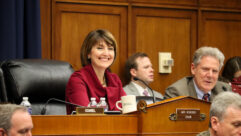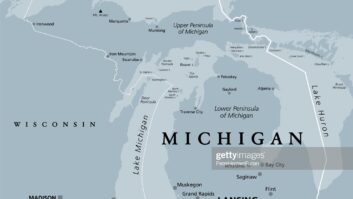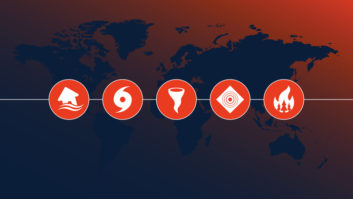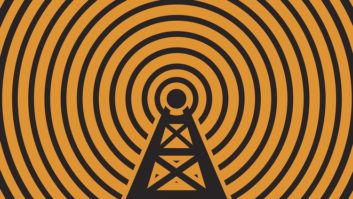
credit: iStockphoto/alengo We embrace change in the broadcast industry to help us achieve results: to get better coverage for our content, to reach more people, to increase our ad rates and income.
Even the FCC will tell you they want change. They talk about it constantly when it comes to helping AM operators; but we know action speaks louder than words. I just came back from a visit at the FCC. I was greeted warmly by senior staff members; but change to them is measured in years, not months.
Here are a few things that could help AM operators by giving them additional leeway.
An FM translator window for AM radio may not bring about any new channels, at least in medium to major markets; the band is just about filled now, so find a spot within your signal and get it on. If a broadcaster is able to own or buy/lease a translator in its .025 mV/m AM contour, it should be able to move that translator beyond the 2 mV/m signal rule now imposed to anywhere within the .025 mV/m AM contour, and do so as a minor change. The FCC also should eliminate its related limitation of 25 miles from the transmitter.
How can an AM be competitive when its nighttime coverage area is less than 10 miles in most cases, and directional as well? A few watts or even hundreds of watts at night won’t get you anywhere in a market today. The idea is to offer coverage to all your listeners, day and night; to do that, AM stations need relief from onerous rules. Put more RF in your AM coverage area. Let’s ease the nighttime interference limits so AM stations can increase power to cover their markets more adequately at night. A cleaner signal and sound will go a long way. You can see and hear the interference around you: cell phone towers, bridges, electric wires, not to mention all the unseen interference with computers, handheld devices, constructions site and so much more. More RF will help bring more signal into weak areas.
ORLANDO
Let’s look at Orlando, where my son Carmine and I operate WRSO(AM) and an FM translator, and wish to move two more to Sanford and Kissimmee.
I am sure it’s like many markets across America. Three major groups control 15 signals here, not to mention FM translators that promote content on their HD channels or are used to further expand AM coverage areas. What happened to the caps imposed on ownership rules? FCC staff says “don’t go there,” but I say those caps should apply to translators as well.

Carl Como Tutera Orlando now becomes a market for group operators, raising the number of signals to more than 20 by three groups. What exists now under FCC rules is a “de facto” increase in station ownership in a number of markets. Major groups could even decide to run commercial-free just so they can tie up a format or content that you may have been looking for.
So insist on caps. Make translators count in ownership for everyone who owns or leases them.
Also, cut the nighttime interference protection limits on the clear-channel AM stations, since most if not all of the powerhouse stations are owned by the same three or four groups in most markets. In years gone by, some 50,000-watt stations would serve rural towns and communities; now those areas are being attended to by licensed stations of their own. Give it up for the good of all local broadcasters. Cut interference protection limits to the point where the day and night signals are the same or close to it; in conjunction with our earlier proposal about FM translators, now the playing field will look a bit more level.
Also, do away with the rules on power limits among FM translators and IF channels (translators) to effectively give more power without causing interference. Many engineers will tell you it’s a rule that doesn’t belong; any problems will be small and can be solved with a filter.
SOUND OFF
Seek immediate action by the FCC or enlist help from your congressman, senator, trade publications and the NAB. Tell them to move these issues to approval. Stop the rhetoric and start the action to help AM broadcasters in small and large markets to make radio better in communities all across the country.
AM broadcasters need help before their transmitter sites turn into flea markets. The fixes above are easy and cost-effective. It’s up to all broadcasters to demand action. We have discussed these issues over and over; we all know what needs to be done.
Any technical person will tell you that allowing these simple changes will not affect or damage existing stations. The coverage has always been local and the content as well. Let local radio do its job more effectively by giving it some changes in the rules to enhance their facilities so they can compete more effectively. Let’s not talk further about the demise of AM, but about the rebirth of a new and local medium that has done more good for more people by providing local news, talk, information, sports and a variety of other programs to entertain listeners everywhere.
The author will mark his 55th year in broadcasting in 2015. He started as a DJ at WTAY(AM) in Robinson, Ill., and ended his on-air career at WOKY(AM) in Milwaukee. He’s been a group manager, vice president of a major-market group operator, and an owner operator and builder of stations across the country.











